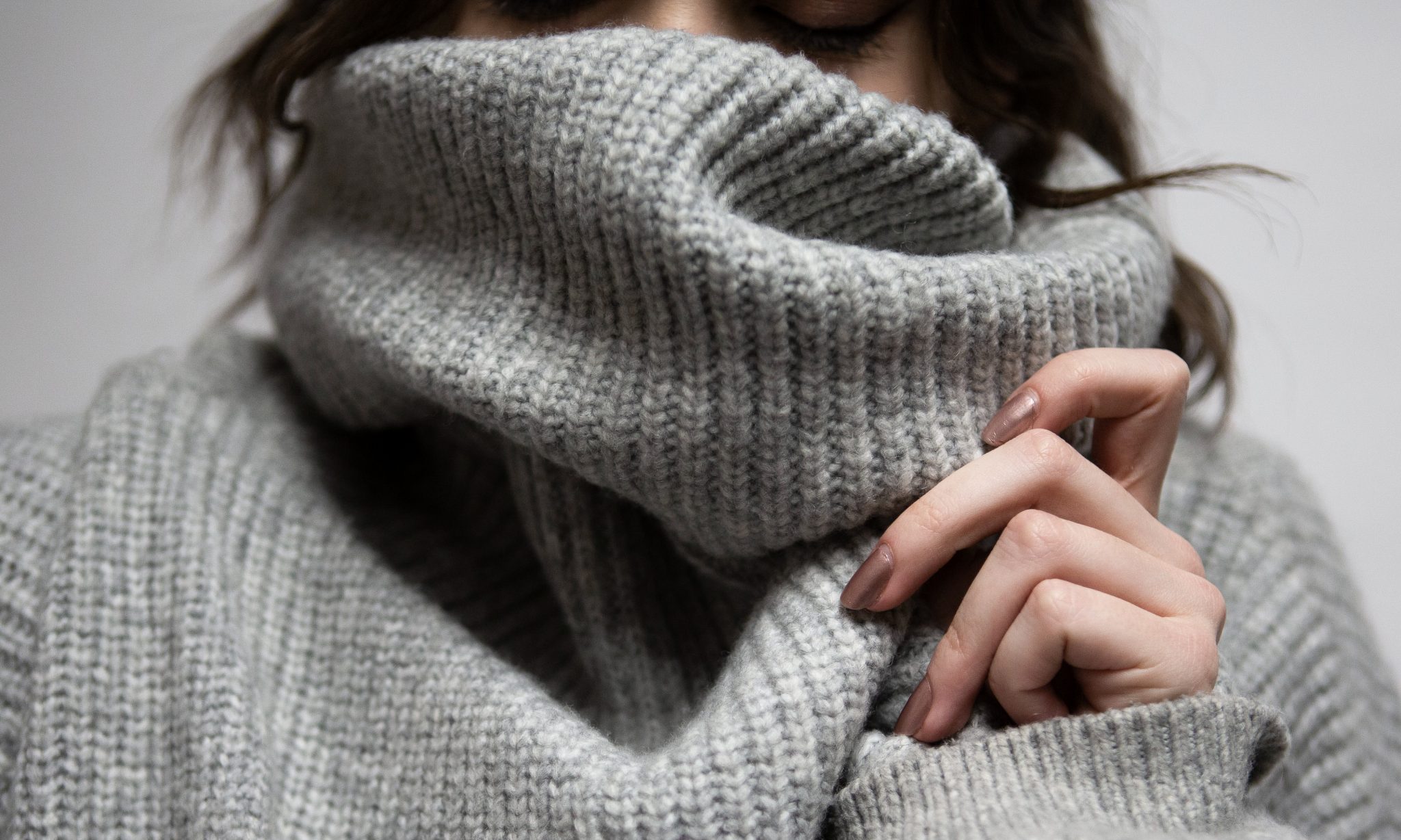As we head into the holiday season, it’s important not to forget about the impacts the clothing industry has on the environment. Since the birth of “fast fashion” in the 90’s — where new designs are released each season — people are expected to have an extensive wardrobe, while cheaper labour and extensive transportation lessen quality.
The fashion industry has become a major contributor to global environmental issues. It is second only to the oil and gas industry in the list of emitters, creating more carbon emissions than international flights and shipping combined.
Much of the clothing that is produced is cotton-based, requiring huge amounts of water, pesticides and space to grow. Over 120 million trees a year are cut down just to grow cotton As a monocrop, it requires 25 per cent of the world’s pesticide use.
The dyeing process requires a monstrous amount of water and often results in toxic chemicals such as bleach, sulfuric dyes and formaldehyde ending up in our waterways. Poorer quality and decreasing costs mean that millenials buy 5 times that of their parents and are throwing away about 37 kg of textiles each year — about 7 per cent of our total waste.
This trash creates the equivalent of about 6.5 million cars worth of greenhouse gases as it decomposes in the states, alone.
So how can we do better? One option is to choose clothing made from sustainably farmed natural fibres. I hope the legalization of cannabis will increase access to hemp, which is not only strong and versatile, it also uses much less water and is pest and disease resistant.
Other options are: linen (flax), jute, bamboo, lyocell (wood pulp), soy, alpaca, organic wool, qmilk, s.cafe (coffee grounds), or peace silk (made without killing the silkworms). Fair trade clothing uses both eco-friendly materials (including natural dyes and no toxic chemicals) and a safe manufacturing process.
Alternatively, some mainstream clothing manufacturers have begun to use recycled content. This is a creative way to repurpose old textiles and plastic waste. Unfortunately, we’ve recently discovered that washing recycled textiles releases plastic microfibers that easily make their way into our waterways. PolyGone, a local startup, is trying to create a solution. But until then, it’s best to avoid synthetic clothing including polar fleece, acrylic and polyester.
‘Pre-loved’ and ‘upcycled’ (old clothing refashioned into new creations) clothing are even better options. They have already undergone the ugly manufacturing process so extending their life keeps them from ending up as landfill.
Increasingly, people are making this choice. In the USA, approximately a billion pounds of clothing are donated every year — more than is actually needed. Only about 20 per cent of donations are used locally, while the rest is packaged, shipped overseas and sold as clothing, recycled into fabric, insulation or rags, or sent to landfill.
Unsurprisingly, the best option is to reduce what we buy. Although it’s tough as we face pressure to be ‘in season,’ and look ‘trendy,’ it’s important for us to fight against the lure of cheap clothing. We can have an impact with thoughtful buying decisions. Buy pieces that fit well, are good quality and can be used across seasons. Care for and repair clothing to extend its life and when they do reach the end of their life, local waste management recommends giving them to charity as they work with recyclers to keep them out of landfills longer.
We have many great local resources. You can find out more about the industry and how to be a positive influencer locally at Trusted Clothes (trustedclothes.com). If you need to learn how to mend old clothes into better than new, attend one of TransitionKW’s Repair Cafés.
Stacey Danckert is the co-director of Waterloo Region Environment Network (WREN).




Leave a Reply